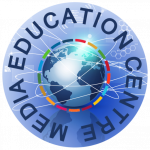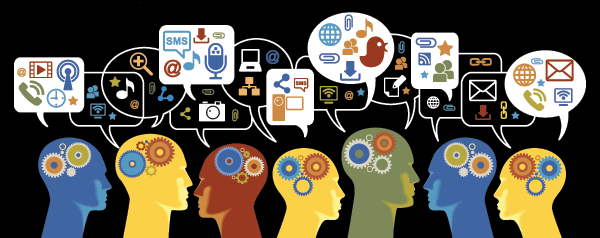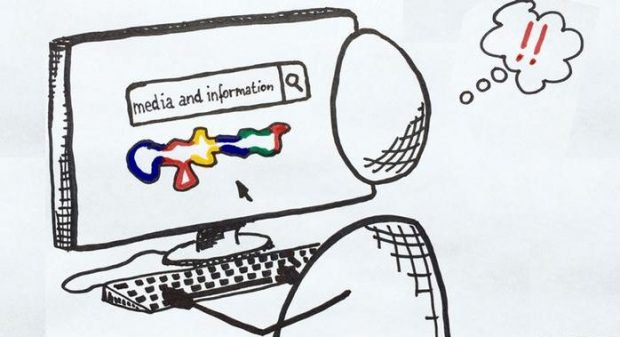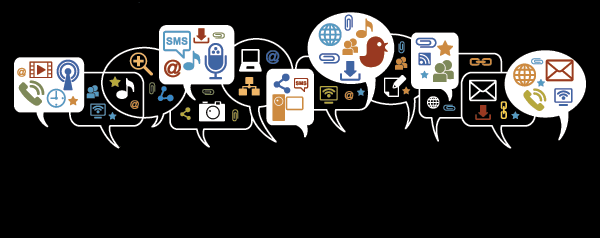Media and Information Literacy and Education in the “Interactive Place and Space”
Today’s (and tomorrow’s) media space can be so many things. It is an extension of the classroom. It can be a classroom, a commons, a maker space, a display space, a quiet reading or study space, a noisy collaboration space…so many things.
Media spaces are electronic settings in which groups of people can work together, even when they are not present in the same place and time. In a media space, people can create real-time visual and acoustic environments that span physically separate areas.
Media and Information Literacy is a developed pedagogical approach that takes into consideration the new cultures emerging from the Information Society. Some prefer the terms Media Literacy, Media Education, News Literacy, Digital Literacy, Information Literacy, etc. Media Studies and Media Ecology researchers worldwide are also contributing to the development of these new educational initiatives.
The approach to media literacy education taken here is inclusive and open. The Media Education Centre with Strategic Partnership Network, Network of the World Summit on Media for Youth, and MIL International Youth Media Space welcomes contributions from organizations, university departments, associations, groups, and individuals who are developing new pedagogical tools, strategies, and theories that take into consideration the challenges of the information society.
Children and youth from industrialized societies spend at least double the time immersed in electronic media (television, internet, video games, DVDs, radio, cell phones, etc.) than they do receive formal education in schools. Much of the media they consume is aimed at selling them products or ideologies. Frequently this generation of young people spends half as much time as the previous generation participating in “family” conversations. These developments raise several questions: Who is educating our youth? Who is imparting to them ethical and social values? Who is supplying them with role models to emulate?
Most school curricula do not take into consideration this new paradigm. Indeed, to the extent that they address new technologies, schools primarily teach technical skills (i.e. how to use computers) but seldom critical thinking skills relevant to digital learning. As important as expanding internet access is, so too is the development of educational initiatives that teach media consumers how to critically interpret the information they receive.
The Media Education Centre aims to contribute to an international community of knowledge regarding the development and implementation of educational initiatives that address these issues while advancing national and international media literacy education initiatives and policies. Our goals are to build dialogue and analysis in an active, participatory manner for researchers and policymakers; while providing easy access to teaching tools and resources for educators interested in implementing media literacy education in their classrooms.
Youth-produced media is a distinct component of the information society. Most of the youth of the industrialized world are users of electronic media and – in some form or another – producers of media. They are as many creators of media content as they are consumers of media in the digital world. Recognizing and encouraging youth media is a fundamental part of media and information literacy. The MEC Media Laboratory emphasizes this by including information on organizations, events, conferences, and resources relevant to youth-produced media. #milclicks; #mipklik: #medialiteracy: #informationliteracy: #medijskapismenost; #informatickapismenost






